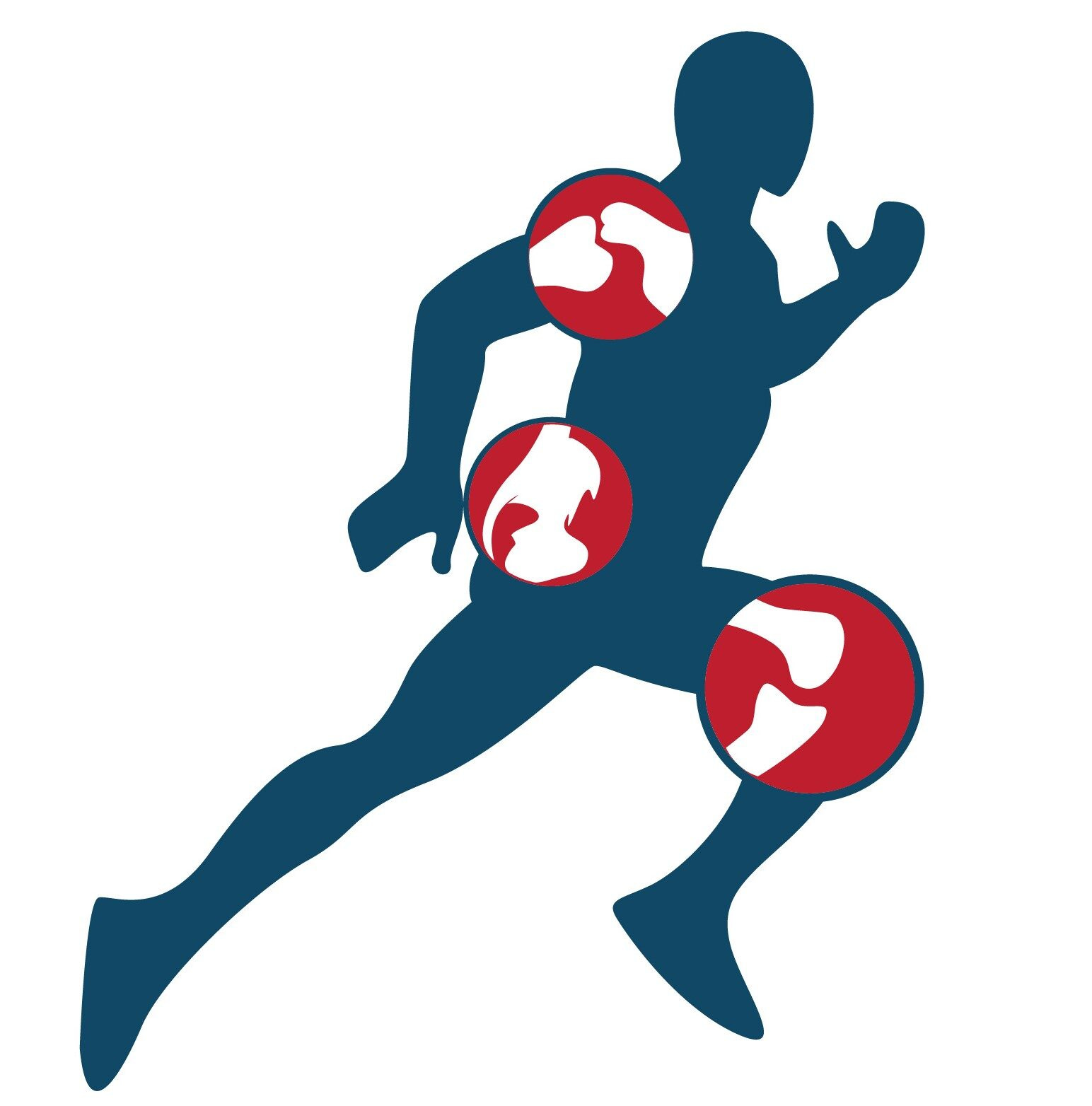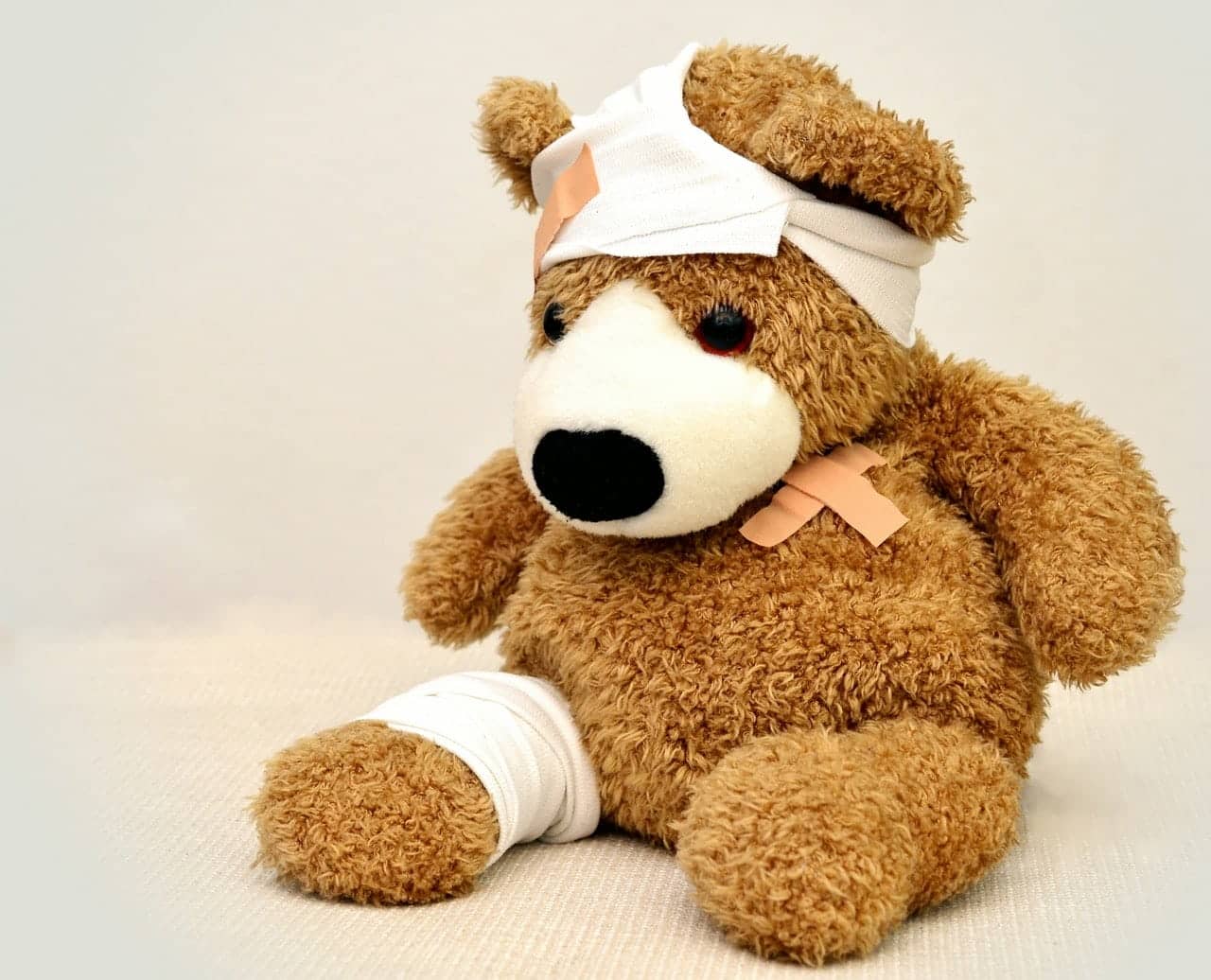There are two main types of injuries, acute and chronic injuries.
For the most part, acute injuries happen in high impact activities that have an external/outside force that is not planned and the body is not able to absorb the external force being applied and damage occurs.
Chronic injuries are mostly an overuse injury, meaning that the muscles (shock system) of your body overtime has started to fatigue out and/or get weak and ultimately fails and causes your body to “bottom out”
Biomechanics by definition is the science of movement of a living body, including how muscles, bones, tendons, and ligaments work together to produce movement. Biomechanics is part of the larger field of kinesiology, specifically focusing on the mechanics of movement. It is a combination of basic and applied science, encompassing research and practical use of its findings.
Biomechanics includes not only the structure of bones and muscles and the movement they can produce, but also the mechanics of blood circulation, renal function, and other body functions. The American Society of Biomechanics says that biomechanics represents the broad interplay between mechanics and biological systems.
For example, the biomechanics of the squat includes consideration of the position and/or movement of the feet, hips, knees, back and shoulders and arms.
Having good biomechanics can help prevent future injuries as well as generate more power which in turn increases performance. This is one of the main reasons to get your biomechanics assessed by a specialist to find potential injuries that may be waiting to happen and also prevent injuries from coming back.

